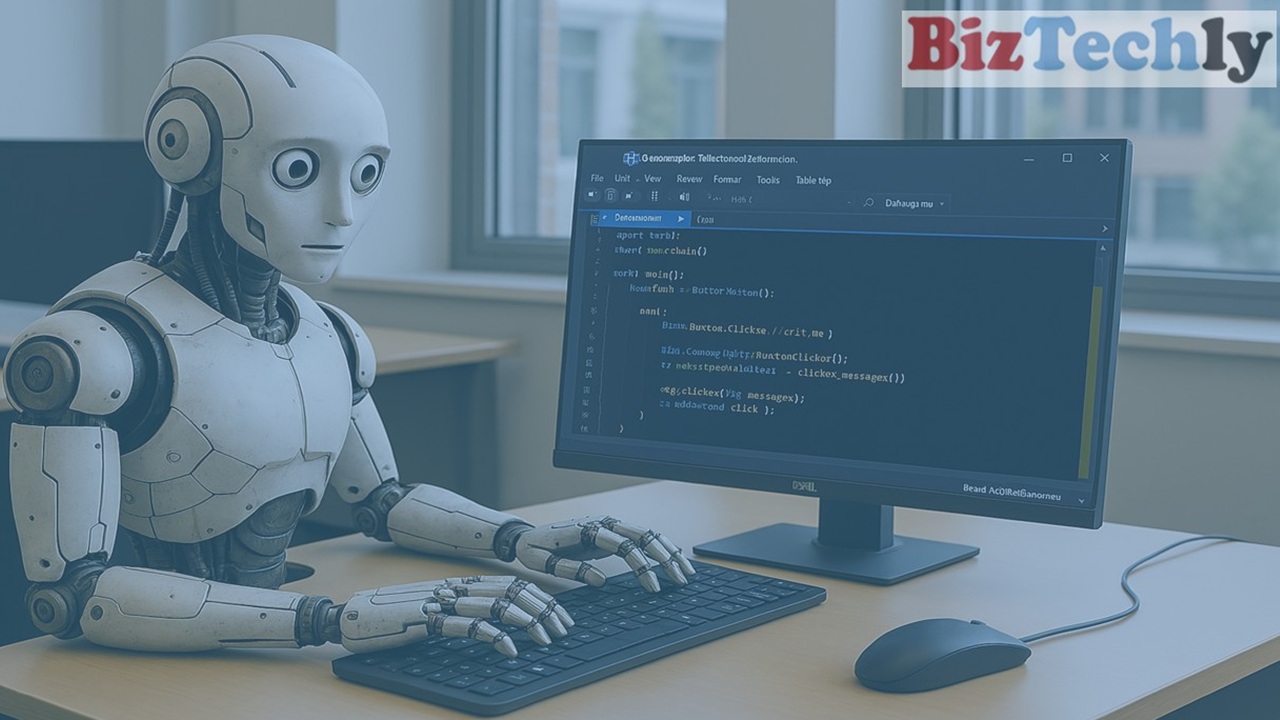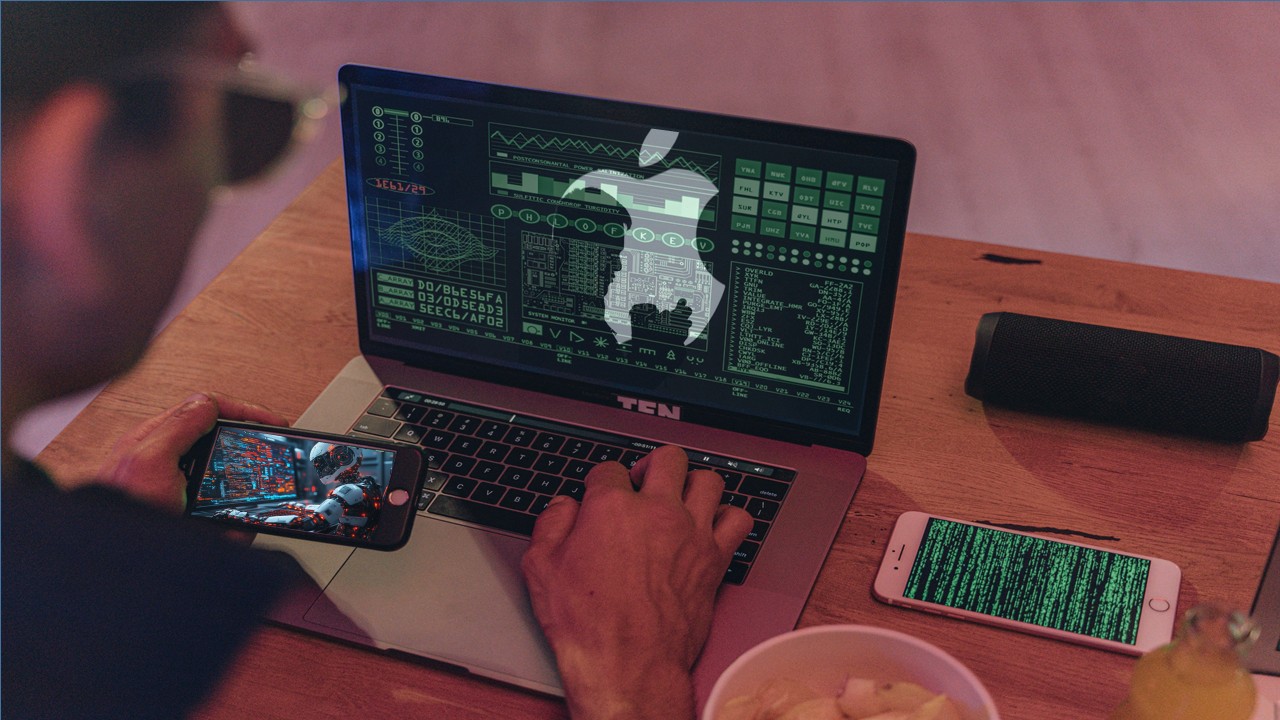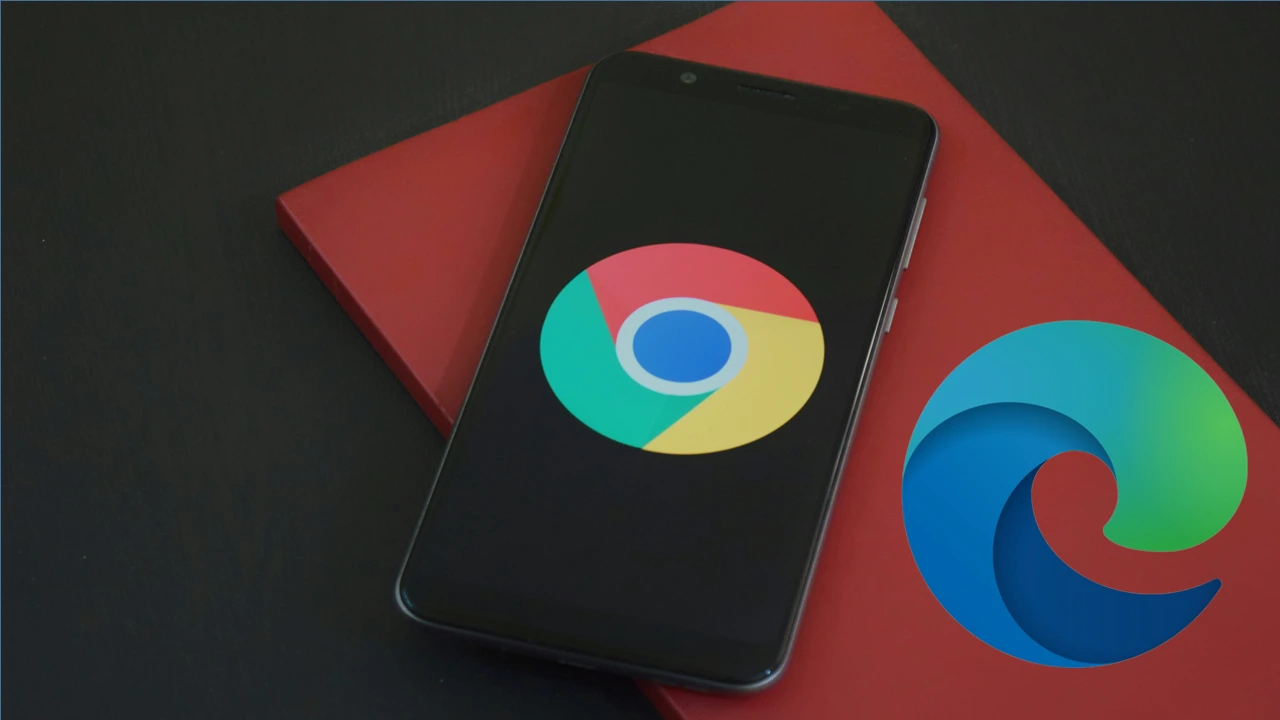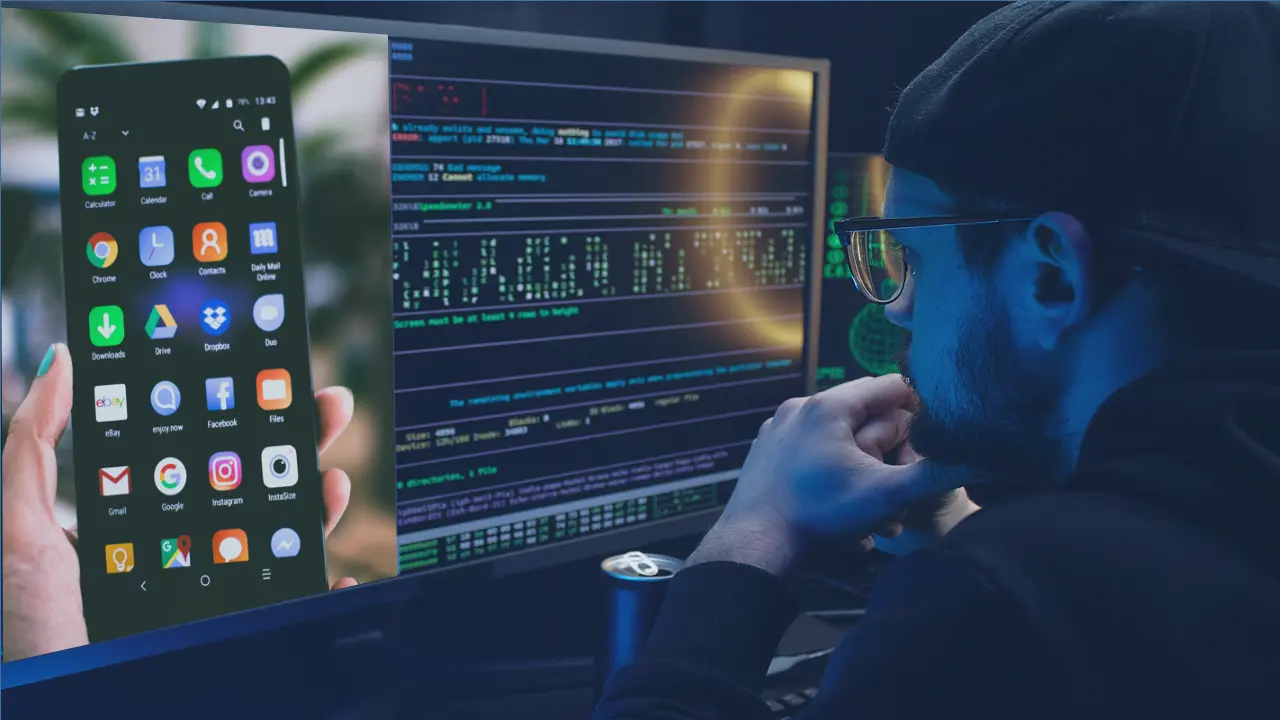Generative AI is steadily taking on programming for Big Tech. Speaking in April at a Meta’s inaugural LlamaCon AI developer event in Menlo Park, California, Microsoft CEO Satya Nadella revealed that as much as a third of the company’s code was written by AI.
“I’d say maybe 20%, 30% of the code that’s inside of our repos today and some of our projects are probably all written by software,” he said during a live chat with Meta CEO Mark Zuckerberg, as reported by CNBC.
The two were discussing the increasing adoption of machine-generated software by tech companies. While not quoting exact percentages, Zuckerberg revealed that Meta was building an AI model that will eventually help build future versions of its Llama AI models. He said that Meta intends to use AI for half of its programming within the next year.
AI Use for Programming is Growing Across Tech—Google, Shopify, Duolingo
Microsoft and Meta are not the only big tech companies adopting AI programming. In October 2024, Google CEO Sundar Pichai disclosed that more than 25% of its new code was written by artificial intelligence.
Similarly, Shopify CEO Tobi Lutke is reported to have told employees that using AI effectively was now a “fundamental expectation” at the company. Likewise, Duolingo CEO Luis von Ahn, in a memo in May, announced that the company is gradually turning to artificial intelligence to replace human contractors.
What Does the Shift to AI Programming Mean for Human Developers?
The growing adoption of AI for programming in tech companies like Microsoft is certainly exciting. It holds the promise of faster development cycles and a boost in efficiency. However, it also raises concerns about the potential displacement of human developers.
Layoffs are becoming a recurring theme across the industry. According to numbers from the tracking site Layoffs.fyi, 62,000 layoffs have already been recorded across 137 tech companies. In May alone, over 16,000 layoffs were reported as major tech companies, including Microsoft, Meta, Amazon, Google, and Panasonic carried out major downsizing.
While tech companies cited cost-saving and operational effectiveness, the overlap with AI adoption for programming indicates that coders are losing jobs to artificial intelligence.
Confirming this theory, job listings for software engineers have declined sharply. Once counted as one of the most lucrative and secure career paths, the profession faced a sudden plunge in job postings, hitting a five-year low in 2025.
According to statistics from Indeed, software engineering job postings have nosedived to 65% of their February 2020 levels.
Shifting Focus to AI Oversight and Innovation
As in numerous other fields, the adoption of AI in tech companies such as Microsoft and Meta is expected to significantly reduce the demand for human developers. It’s predicted that AI will take over mundane coding, debugging, and some aspects of software design tasks previously performed by junior and mid-level programmers.
But we’re still far from achieving fully autonomous AI systems. While AI can automate repetitive tasks and assist with code generation, it doesn’t have the nuanced understanding of a human software developer.
For the foreseeable future, human developers will be required to provide a level of oversight to artificial intelligence. Human developers will play a key role in guiding AI output, providing a vital checkpoint for quality control, security, and user-friendly design.
To remain relevant, smart tech workers must maximize their AI-specific skills. The future of coding demands an improved understanding of AI systems’ function and how best to collaborate with them.
Finally, with AI handling the mundane coding, human developers need to move to innovation, taking on more visionary, strategic roles in the world of tech.












User777
Interesting read!